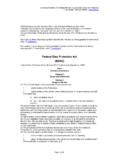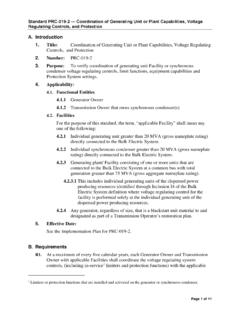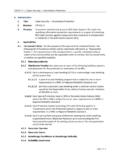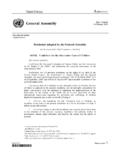Transcription of Fight the Bite for Protection from Malaria Guidelines for ...
1 Fact Sheet for the general public What is DEET? DEET (chemical name N,N-diethyl-meta-toluamide) is used as the active ingredient in many insect repellents. Insect repellents that contain DEET offer the best Protection against mosquito bites. DEET is designed for direct application to skin to repel insects, rather than kill them. Products containing DEET currently are available to the public in a variety of liquids, lotions, sprays, and impregnated materials ( , wrist bands). Concentrations of DEET in products that are designed for application to skin range from 4% to 100%. What does the DEET concentration mean? The concentration of DEET in a product indicates how long the product will be effective. A higher concentration does not mean that the product will work better; It means that it will be effective for a longer period of time. Therefore, products containing lower concentrations of DEET may need to be reapplied, depending on the length of time a person is outdoors.
2 Can DEET use cause health problems? Using insect repellents containing DEET should not be harmful if label directions are followed and the product is used safely. In rare cases, using DEET products may cause skin rashes. Some persons who used products containing a high concentration of DEET or who were exposed to excessive amounts of DEET have experienced skin rashes, blisters, and skin and mucous membrane irritation. When using repellent with DEET, follow these recommendations: Read and follow all directions and precautions on the product label. Store DEET out of reach of children. To apply to face, first spray product onto hands, then rub onto Use only when outdoors and wash skin with soap and water after coming indoors. Higher concentrations of DEET may have a longer repellent effect, however, concentrations over 50% provide no added Protection . Use just enough repellent to cover exposed skin and/or clothing.
3 Avoid over-application of the product. DEET may be used on adults, children, and infants older than 2 months of age. Protect infants from mosquito bites by using a carrier draped with mosquito netting with an elastic edge for a tight fit. Be safe with DEET : Do not allow children under 10 years of age to apply repellent themselves. Do not apply to young children s hands or around eyes and mouth. Do not breathe in, swallow, or get into the eyes (DEET is toxic if swallowed.) Do not put repellent on wounds or broken skin. Fight the Bite for Protection from Malaria Guidelines for DEET Insect Repellent Use Division of Parasitic Diseases


















